In the annals of American crime, few names resonate as powerfully as Al Capone. A figure synonymous with the Prohibition era, Capone’s life is a gripping tale of ambition, power, and the ruthless world of organized crime. From his humble beginnings in Brooklyn to becoming the most feared gangster in Chicago, Capone’s story is one of both legendary triumphs and tragic downfalls. This narrative explores the complexities of his life, revealing the man behind the myth and the enduring legacy he left on American society.
A Humble Beginning
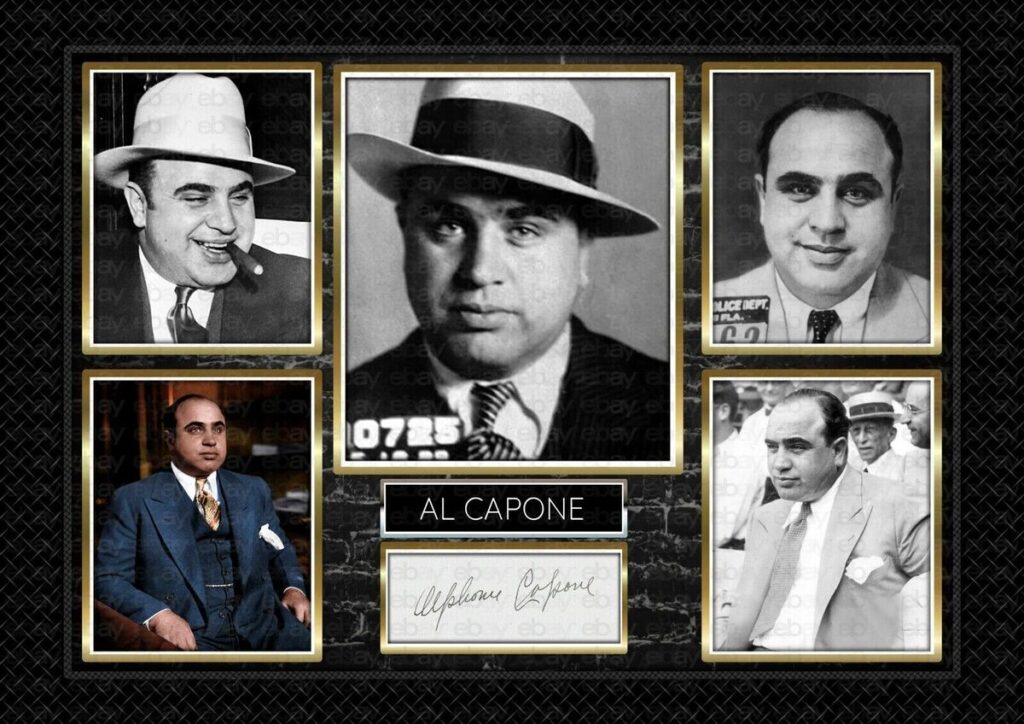
Alphonse Gabriel Capone was born on January 17, 1899, in Brooklyn, New York, to Italian immigrant parents. Growing up in a poor neighborhood, Capone was exposed to the harsh realities of life from a young age. His family struggled to make ends meet, and the streets of Brooklyn became both his playground and battleground.
Early Influences

Capone’s early life was marked by a mix of education and street smarts. He attended school until the sixth grade, after which he dropped out to help support his family. Influenced by the local gangs and the allure of quick money, he quickly found himself drawn into a life of crime. His charisma and cunning made him a natural fit for the underworld.
In his teenage years, Capone joined a gang known as the “Five Points Gang,” where he honed his skills in extortion, bootlegging, and gambling. It was during this time that he developed the ruthless demeanor that would later define his criminal empire.
The Move to Chicago
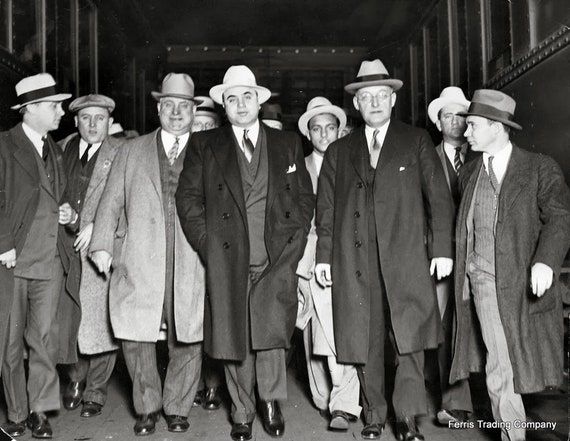
In the early 1920s, Capone made a pivotal move to Chicago, a city rife with corruption and opportunity. The Prohibition era, which began in 1920, outlawed the sale of alcohol, creating a lucrative black market for bootleggers. Capone recognized the potential for profit and quickly set his sights on dominating the Chicago underworld.
Rising Through the Ranks
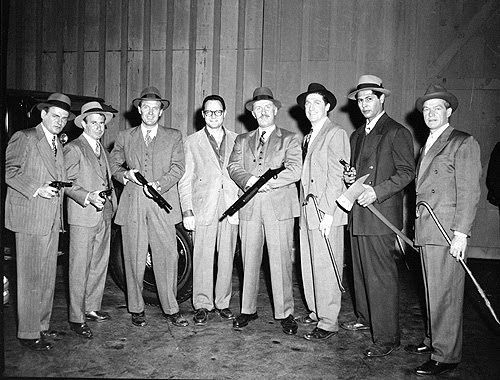
Capone initially worked for the infamous Johnny Torrio, a powerful mob boss who recognized Capone’s potential. Under Torrio’s mentorship, Capone learned the intricacies of organized crime, including how to manage illicit businesses and navigate law enforcement. When Torrio retired in 1925, Capone seized control of the Chicago Outfit, establishing himself as the city’s most powerful gangster.
The Reign of Terror
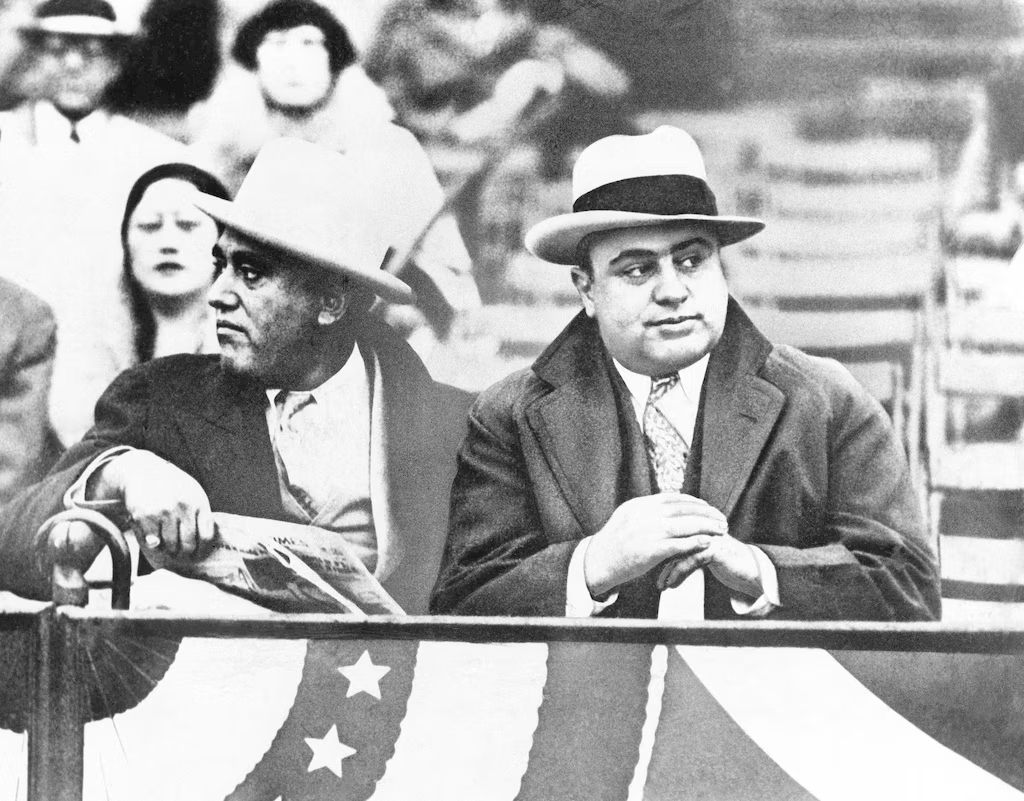
As the head of the Chicago Outfit, Capone’s influence grew exponentially. He orchestrated a vast network of illegal activities, including bootlegging, gambling, and prostitution. His operations were marked by violence and intimidation, as rival gangs and law enforcement quickly learned the consequences of crossing him.
The Saint Valentine’s Day Massacre
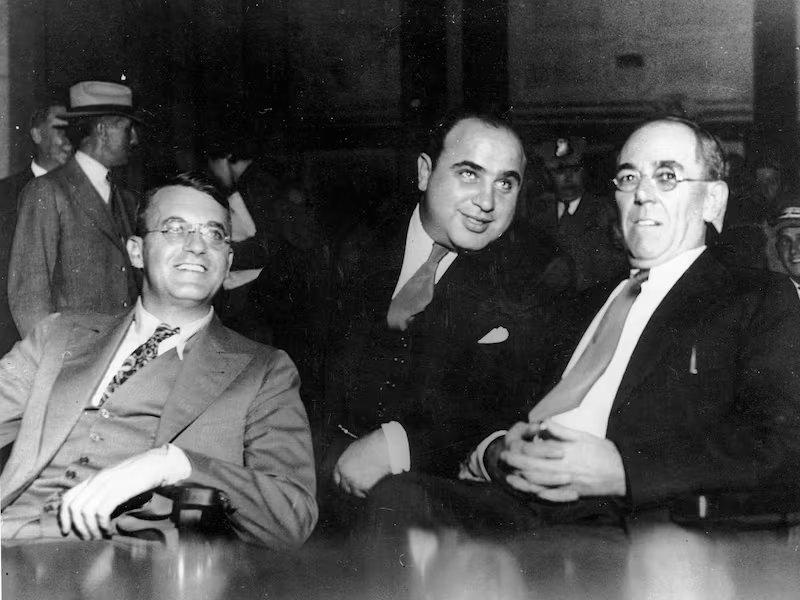
One of the most notorious events in Capone’s reign was the Saint Valentine’s Day Massacre in 1929. In a brutal display of power, Capone’s men ambushed a rival gang, killing seven members in a hail of gunfire. This shocking act of violence sent shockwaves through Chicago and solidified Capone’s reputation as a ruthless enforcer of his will.
Despite his criminal activities, Capone was also known for his philanthropic efforts. He funded soup kitchens during the Great Depression, earning him a degree of public support. This duality a benevolent figure in the eyes of some and a ruthless gangster to others made Capone a complex character in American history.
The Law Closes In
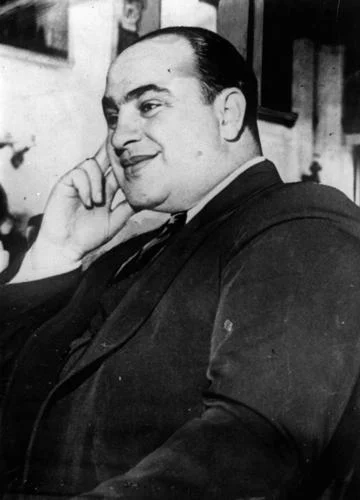
As Capone’s power grew, so did the scrutiny from law enforcement. The federal government, alarmed by his influence and the rising tide of organized crime, launched a concerted effort to bring him to justice. However, Capone was skilled at evading law enforcement, often using bribery and corruption to protect his operations.
The Hunt for Capone
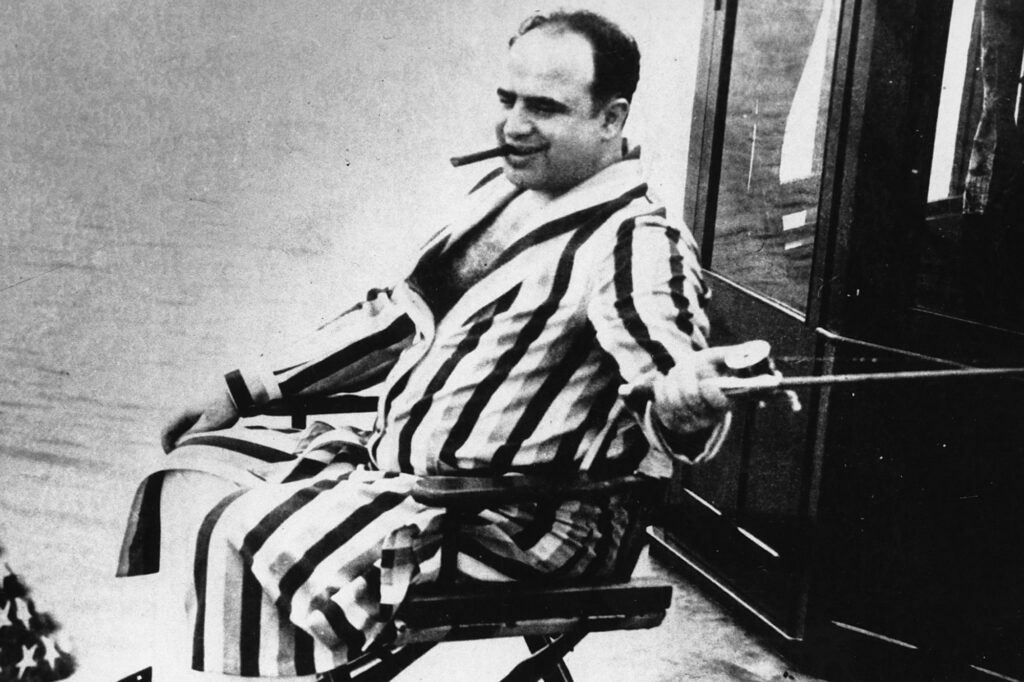
Despite his efforts to remain untouchable, the law eventually caught up with him. In 1931, Capone was indicted on charges of tax evasion, a strategy employed by the government to circumvent the difficulties of proving his involvement in organized crime. Prosecutors meticulously built their case, using evidence from his lavish lifestyle and financial records.
In October 1931, Capone was convicted and sentenced to 11 years in federal prison. His fall from grace was swift and dramatic. The once-mighty gangster was now behind bars, stripped of his power and influence.
Life Behind Bars
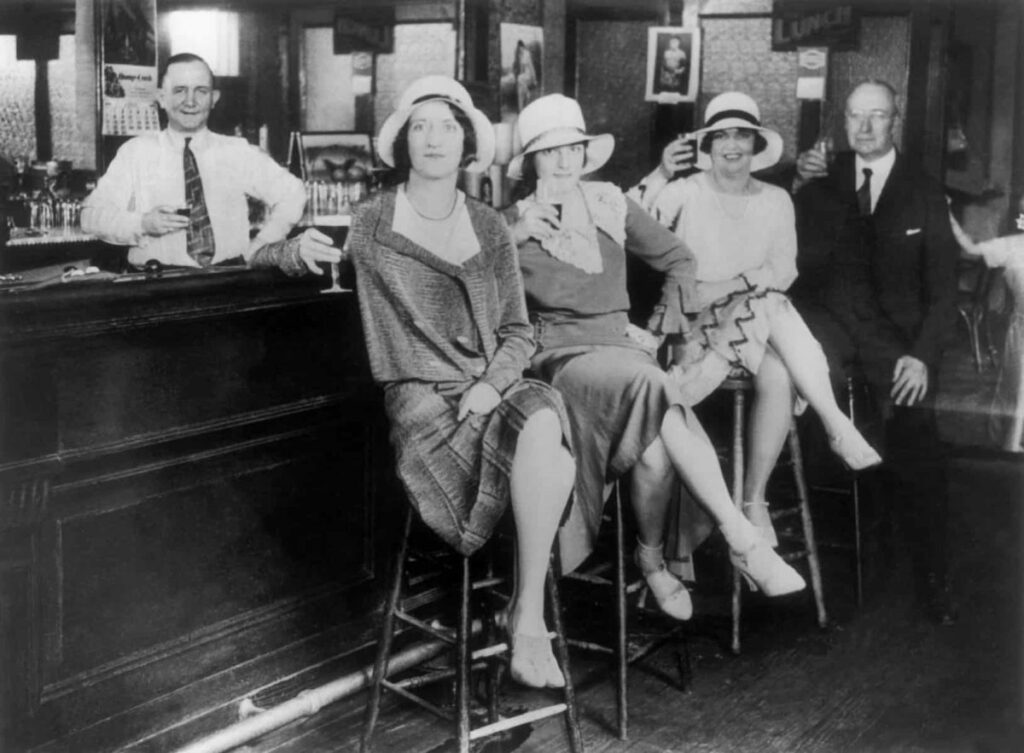
Capone’s time in prison was marked by a mixture of reflection and continued influence. He was incarcerated at Alcatraz, a maximum-security facility known for housing the most dangerous criminals. Even behind bars, Capone maintained connections with the outside world, continuing to exert influence over his associates.
Health Decline

During his imprisonment, Capone’s health began to deteriorate. He suffered from syphilis, a condition that had gone untreated for years. The disease took a toll on his mental and physical well-being, leading to significant cognitive decline.
In 1939, after serving just over seven years, Capone was released from prison due to his failing health. He returned to his home in Florida, where he spent his remaining years in relative seclusion.
Legacy and Cultural Impact
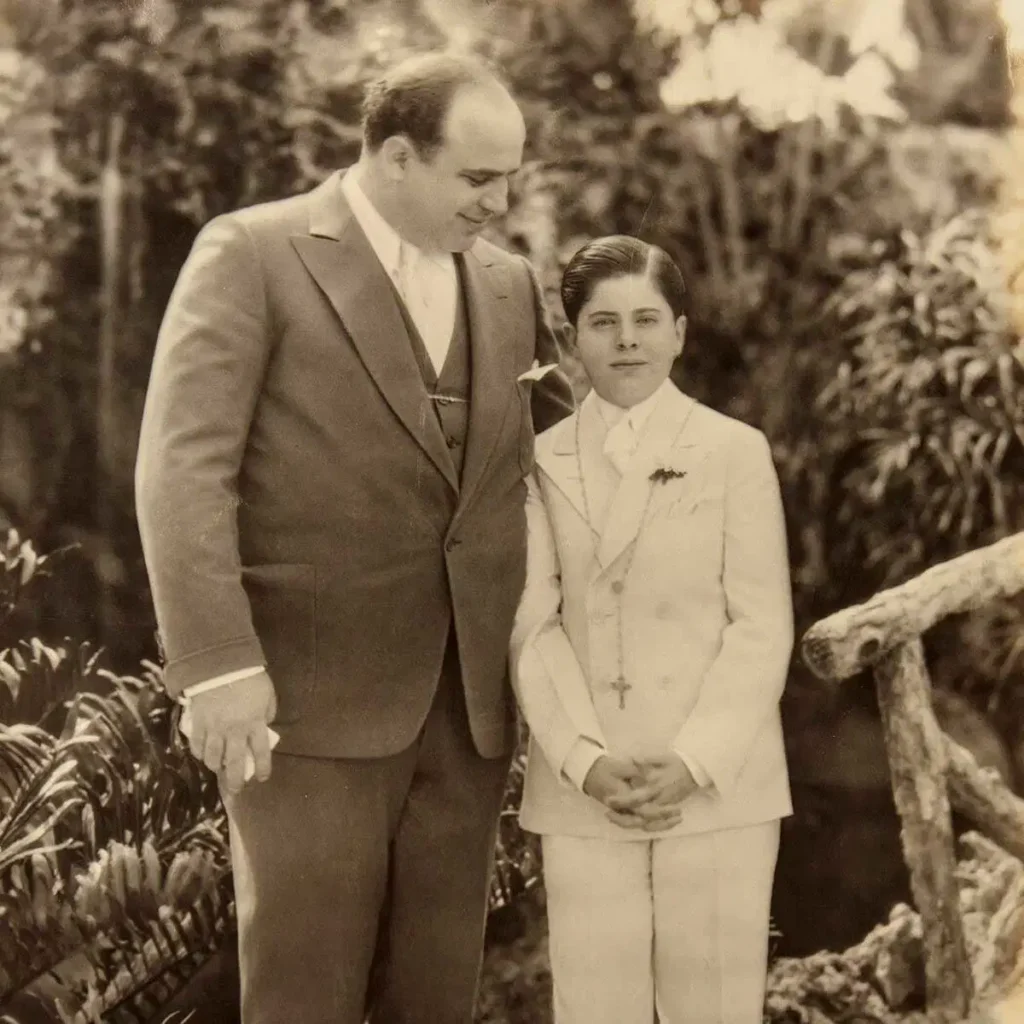
Al Capone’s life and exploits have left an indelible mark on American culture. His story has been immortalized in countless films, books, and documentaries, portraying the complexities of the gangster lifestyle and the era of Prohibition.
A Complex Figure

While Capone is often viewed as a villain, his story is more nuanced. He was a product of his environment, shaped by poverty, ambition, and the allure of power. His rise and fall serve as a cautionary tale about the dangers of unchecked ambition and the consequences of a life of crime.
Capone’s legacy continues to captivate audiences, shedding light on the darker aspects of American society and the individuals who navigate its treacherous waters. His life story serves as a reminder of the fine line between success and destruction, illustrating the complexities of human nature.
Conclusion
The tale of Al Capone is one of ambition, power, and the high stakes of the underworld. From his humble beginnings to his reign as the most feared gangster in Chicago, Capone’s life is a captivating narrative that reflects the complexities of American society during the Prohibition era. His story serves as a cautionary reminder of the consequences that come with the pursuit of power and the choices we make along the way.
As we look back on the life of Al Capone, we are reminded that the allure of the underworld can be intoxicating, but it often leads to a path of destruction. His legacy lives on, a testament to the enduring fascination with the world of crime and the individuals who navigate its treacherous waters.


